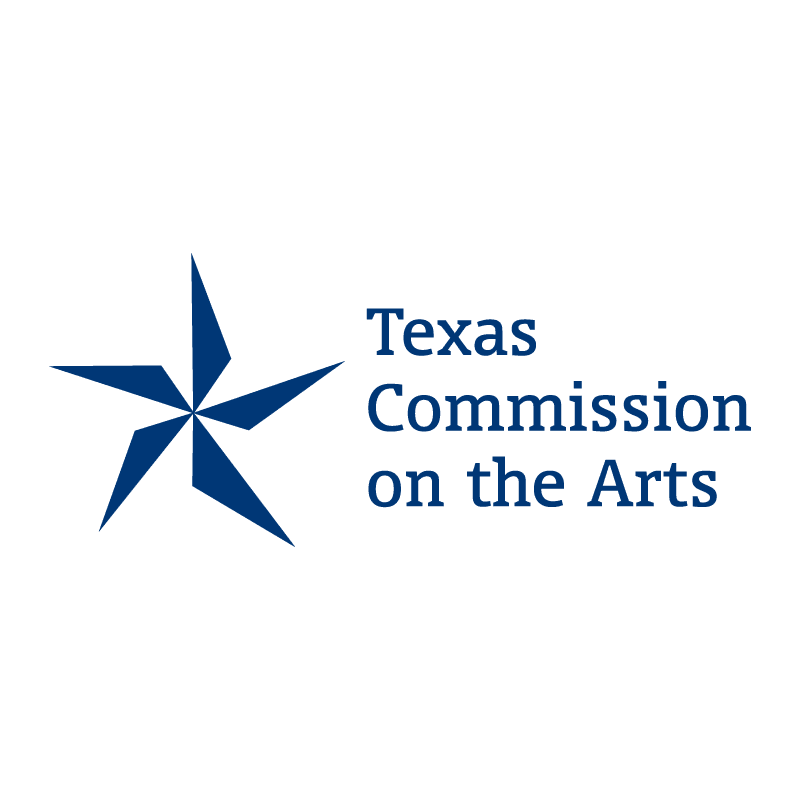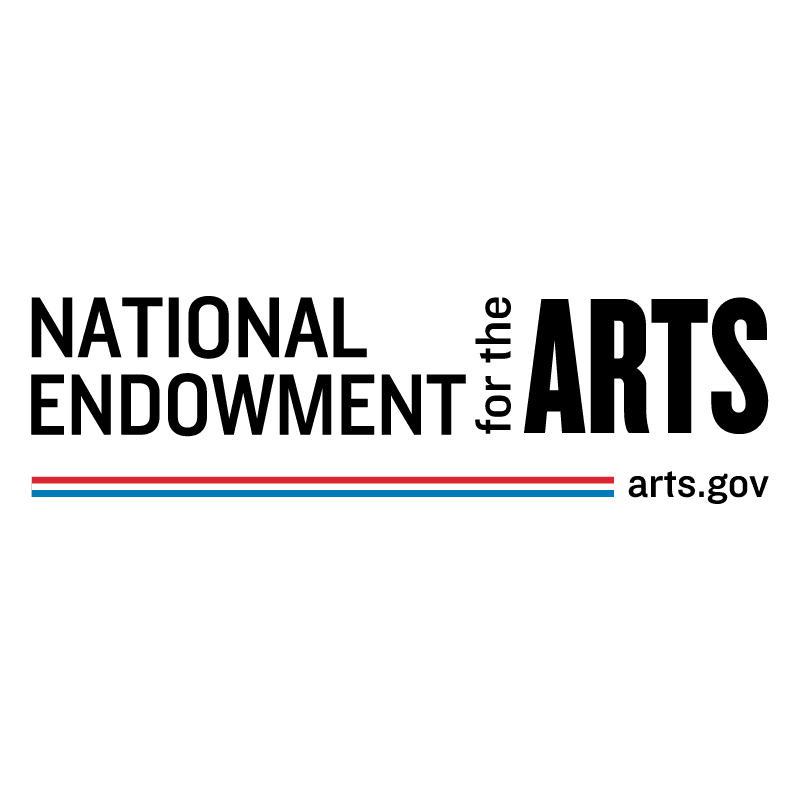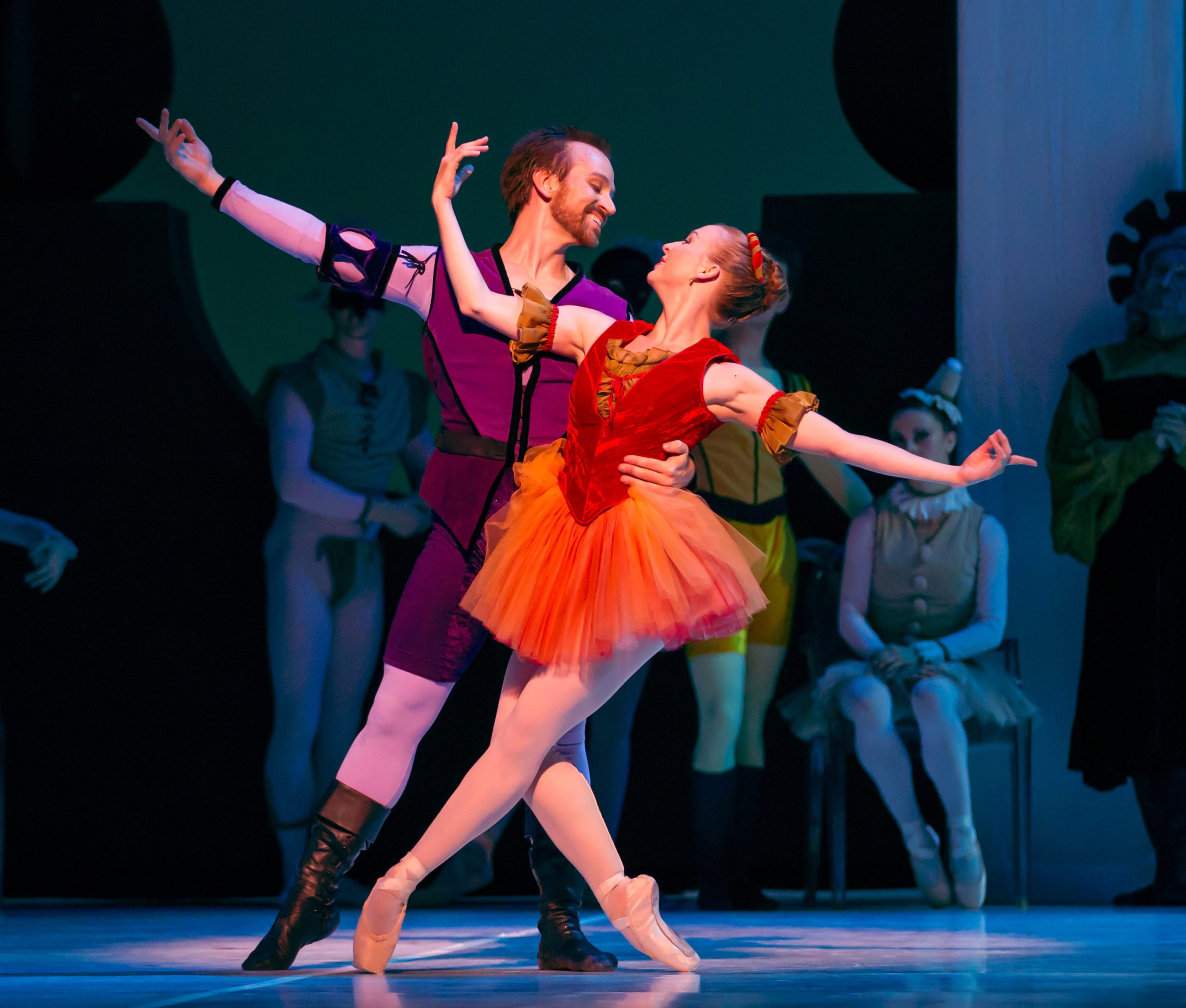The Taming of the Shrew
THE ULTIMATE BATTLE OF THE SEXES IS BACK
Back by popular demand, Artistic Director Stephen Mills reimagines William Shakespeare’s tale of “marital mismatch” with modern energy and classic humor. Commissioned by the John F. Kennedy Center for the Performing Arts, Mills’ light-hearted retelling of this saucy Elizabethan love story boasts dynamic choreography, striking sets, lavish costumes, and unforgettable characters.
CHOREOGRAPHY: Stephen Mills
MUSIC: Antonio Vivaldi, Alessandro Scarlatti, Domenico Scarlatti, Vincenzo Tommasini
LIVE ACCOMPANIMENT: Austin Symphony Orchestra
Act I – 30 minutes | Intermission – 20 minutes | Act II. – 25 minutes | Intermission – 20 minutes | Act III. – 20 minutes
3 PERFORMANCES:
- Friday, September 16, 2022, at 8 p.m.
- Saturday, September 17, 2022, at 8 p.m.
- Sunday, September 18, 2022, at 3 p.m.
Please visit our FAQs page for information about parking, discounts, and more.
Ballet Austin strives to share the excitement and beauty of live professional dance with as many community members as possible. *As a 501c3 nonprofit organization, Ballet Austin raises funds throughout the year to help defray part of the production costs in order to bring live performances to you and keep the price of our tickets as low as possible. The following information is intended to assist you as a consumer and help you have the best experience possible.
When you purchase directly from Ballet Austin:
- You are assured your tickets are valid, and your seats are reserved for you/your family/your party.
- You have access to the most affordable ticket prices.* Ballet Austin tickets can range between $20 – $125 dollars (plus applicable fees), depending on location. If you are being asked to pay more per ticket, you are NOT buying from Ballet Austin.
- You have the flexibility to exchange your ticket
/s to another performance for a small handling fee, as tickets remain available.
If you choose to purchase Ballet Austin tickets from sources other than Ballet Austin, we recommend that you:
- Never pay cash or use apps such as Venmo to purchase tickets.
- Verify performance dates/times and check for sold-out performances BEFORE purchasing from a third-party seller or service by visiting the Ballet Austin website.
- Check the Long Center’s Dell Hall seating map to confirm the existence of the seats being offered to you. Long Center Seating Chart
NOTE: Issues related to tickets purchased from a third-party seller will need to be discussed with that company. Ballet Austin will have no record of these sales.
Our goal for each Ballet Austin performance is to create wonderful, lasting memories for you, your family, and your friends. If you have questions, let us help you by contacting our box office at 512.476.2163 or by email at boxoffice@balletaustin.org. We look forward to seeing you soon.
VIDEO GALLERY
Videos by Paul Michael Bloodgood
PHOTO GALLERY
Photography by Tony Spielberg
MEET THE ARTISTS
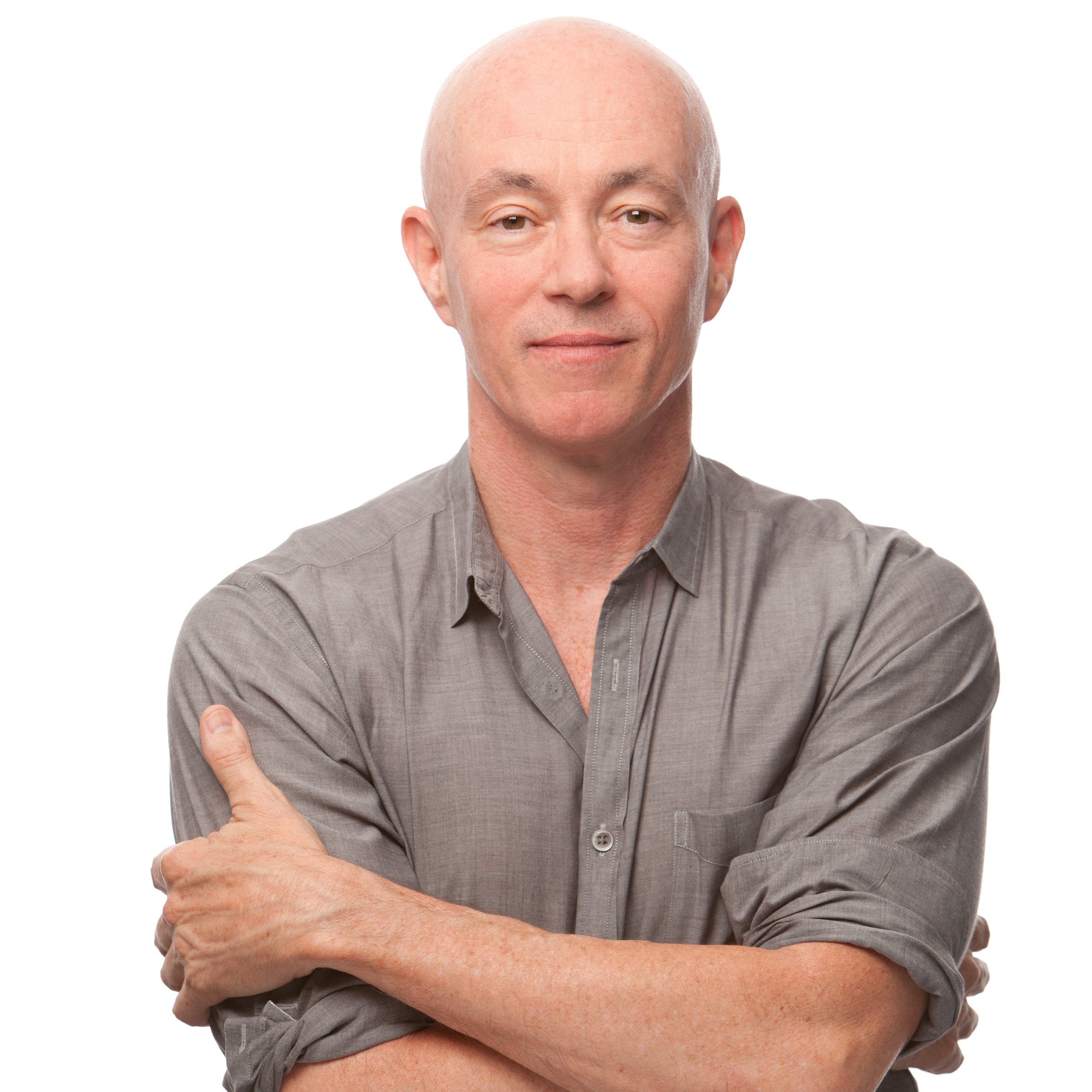
STEPHEN MILLS
Choreography
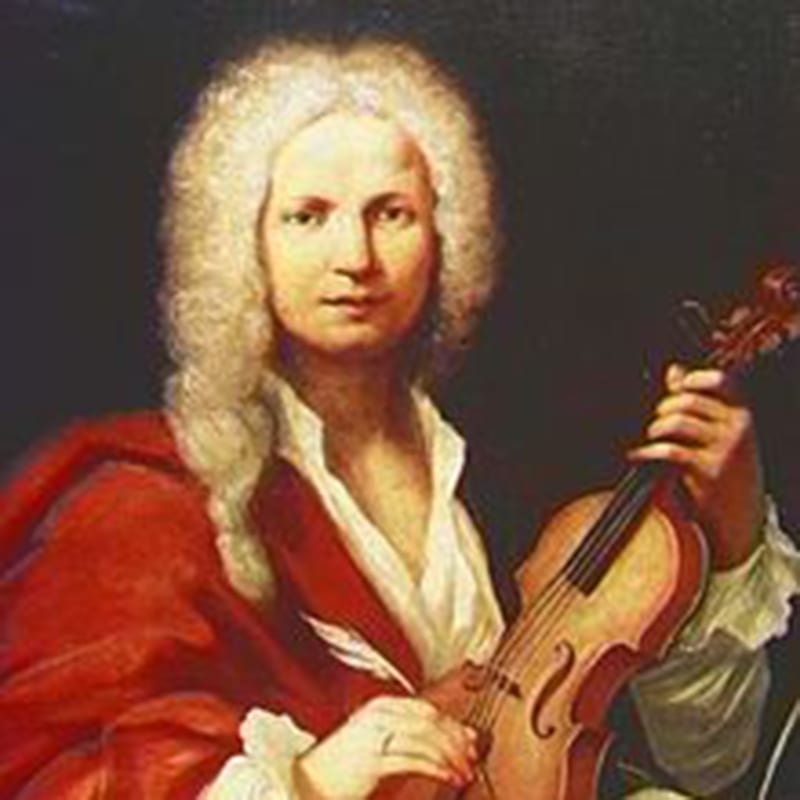
ANTONIO VIVALDI
Music

ALESSANDRO SCARLATTI
Music

DOMENICO SCARLATTI
Music
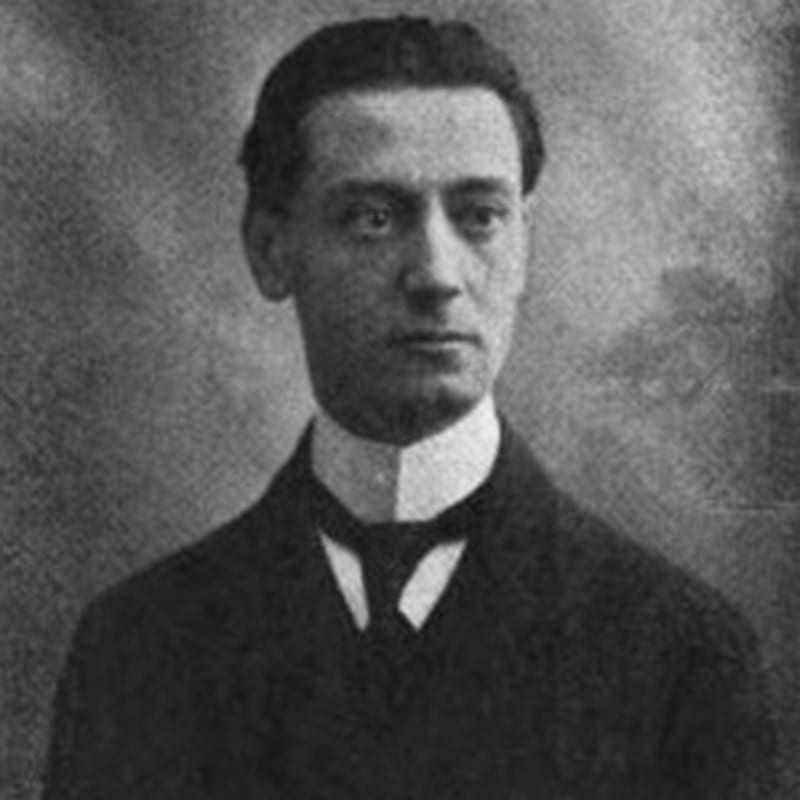
VINCENZO TOMMASINI
Music

AUSTIN SYMPHONY ORCHESTRA
Live Accompaniment
BACKGROUND INFORMATION
Known for his innovative and collaborative choreographic projects, Stephen Mills has works in the repertoires of dance companies across the United States and around the world.
His international career began in 1998 after being chosen Prix d’Auteur at les Rencontres Chorégraphiques Internationales de Seine-Saint-Denis in Paris. In his inaugural season as Artistic Director of Ballet Austin in 2000, Mills attracted national attention with Hamlet, hailed by Dance Magazine as “…sleek and sophisticated.”
Mills’ works showcased at The Kennedy Center include A Midsummer Night’s Dream, The Taming of the Shrew, and performances at the Ballet Across America Festival in collaboration with The Suzanne Farrell Ballet.
In 2005 Mills developed a community-wide human rights collaborative dialogue culminating in his signature work Light/The Holocaust & Humanity Project for which he received the Audrey and Raymond Maislin Humanitarian Award from The Anti-Defamation League. Mills contributed a podcast about Light to the Voices on Anti-Semitism series at The United States Holocaust Memorial Museum and was invited to speak about the work at The United Nations in 2014. Light has been performed in five U.S. cities, in three cities in Israel, and was recently featured in an Emmy Award-winning PBS documentary, Sharing Light.
Antonio Vivaldi was a 17th- and 18th-century composer who’s become one of the most renowned figures in European classical music.
Vivaldi was born on March 4, 1678, in Venice, Italy. His father, Giovanni Battista Vivaldi, was a professional violinist who taught his young son to play as well. Through his father, Vivaldi met and learned from some of the finest musicians and composers in Venice at the time. While his violin practice flourished, chronic shortness of breath barred him from mastering wind instruments.
Vivaldi sought religious training as well as musical instruction. At the age of 15, he began studying to become a priest. He was ordained in 1703. Due to his red hair, Vivaldi was known locally as “il Prete Rosso,” or “the Red Priest.” Vivaldi’s career in the clergy was short-lived. Health problems prevented him from delivering mass and drove him to abandon the priesthood shortly after his ordination.
At the age of 25, Vivaldi was named master of violin at the Ospedale della Pietà (Devout Hospital of Mercy) in Venice. He composed most of his major works in this position over three decades. The Ospedale was an institution where orphans received instruction — the boys in trades and the girls in music. The most talented musicians joined an orchestra that played Vivaldi’s compositions, including religious choral music. Under Vivaldi’s leadership, the orchestra gained international attention. In 1716, he was promoted to music director.
In addition to his choral music and concerti, Vivaldi had begun regularly writing opera scores by 1715; about 50 of these scores remain. His two most successful operatic works, La constanza trionfante and Farnace, were performed in multiple revivals during Vivaldi’s lifetime.
In addition to his regular employment, Vivaldi accepted a number of short-term positions funded by patrons in Mantua and Rome. It was during his term in Mantua, from around 1717 to 1721, that he wrote his four-part masterpiece, The Four Seasons. He paired the pieces with four sonnets, which he may have written himself.
Vivaldi’s fans and patrons included members of European royal families. One of his cantatas, Gloria e Imeneo, was written specifically for the wedding of King Louis XV. He was also a favorite of Emperor Charles VI, who honored Vivaldi publicly by naming him a knight.
Vivaldi’s renown as a composer and musician in early life did not translate into lasting financial success. Eclipsed by younger composers and more modern styles, Vivaldi left Venice for Vienna, Austria, possibly hoping to find a position in the imperial court located there. He found himself without a prominent patron following the death of Charles VI, however, and died in poverty in Vienna on July 28, 1741. He was buried in a simple grave after a funeral service that proceeded without music.
Biographical excerpts courtesy of biography.com.
Alessandro Scarlatti Scarlatti was an Italian composer of operas and religious works.
Scarlatti was born on May 2, 1660, in Palermo, Sicily. He was sent to Rome at about the age of 12 where he met Bernardo Pasquini, by whom he was greatly influenced.
The first of his 115 operas, Gli equivoci nel sembiante (1679) won him the protection of Queen Christina of Sweden, for whom he wrote L’honestà negli amori (1680) and in whose service he remained until 1684. These works brought him commissions for operas from Naples, where in 1684 he became maestro di cappella in the royal service. He remained there until 1702, writing more than 40 operas and musical entertainments for the court and its circle. Gli equivoci in amore (1690) is a typical example of his work during that period.
In 1702, Scarlatti went to Florence, where, over the next two years, he wrote four operas for the theatre of Prince Ferdinando III de’ Medici; the scores of these works have disappeared. In 1707, he was appointed maestro di cappella to Cardinal Pietro Ottoboni in Rome and was also elected to the Arcadian Academy there. The following year he held a like post at Santa Maria Maggiore in Rome and also wrote two operas on a larger scale, Il trionfo della libertà and Il Mitridate Eupatore, for production during the carnival in Venice. The latter is considered one of his finest works. Scarlatti traveled to Venice to supervise the performances.
In 1709, he returned to his old post at Naples. There followed a period of intense activity during which he wrote serenades and masses as well as operas. La principessa fedele (1710), Scipione nelle Spagne (1714), and Il Tigrane (1715) are among his principal operatic successes of this period. The ternary aria form is developed in these works, which are also noted for a bolder use of the orchestral stringed instruments.
In 1716, he wrote a mass for Pope Clement XI and in the same year completed his first opera buffa, Il trionfo dell’onore (Naples, 1718). Between 1718 and 1721 he wrote more operas and religious works. On his return to Naples in 1723 he seems to have gone into retirement.
Scarlatti died on Oct. 22, 1725, in Naples, Italy.
Biographical excerpts courtesy of Britannica.com
Giuseppe Domenico Scarlatti was an Italian composer noted particularly for his 555 keyboard sonatas, which substantially expanded the technical and musical possibilities of the harpsichord.
Scarlatti was born in Naples on Oct. 26, 1685. The high rank of his godparents is proof of the esteem in which his father, Alessandro Scarlatti, was held as maestro di cappella.
Domenico’s musical gifts developed with an almost prodigious rapidity. At the age of 16, he became a musician at the chapel royal, and two years later, father and son left Naples and settled in Rome where Domenico became the pupil of the most eminent musicians in Italy. The originality of Bernardo Pasquini’s inventions and his skill in elaborating them, and Francesco Gasparini’s solid science and intense vitality united to form the basis on which Domenico developed his own genius. His association with Corelli (Gasparini being a pupil of Corelli) also contributed to the evolution of his adolescent genius and soon Domenico Scarlatti became famous in his country principally as a harpsichordist.
He served for five years (1714-19) as maestro di cappella at the Cappella Giulia in the Vatican. He composed at least one oratorio (1709) and more than a dozen operas for his father’s Neapolitan theatre, San Bartolomeo (1703-04), the Roman Palazzo Zuccari (1710-14), and Teatro Capranica (1715, 1718).
Attracted by the unknown, Scarlatti abandoned the post of maestro di cappella at St. Peter’s Basilica in Rome. Natural curiosity and the fascination of distant countries induced him to undertake a voyage to London, where his opera Narciso met with only a moderate success. From London Scarlatti went to Lisbon (1720-28). As a harpsichordist at the royal court, he was entrusted with the musical education of the princesses.
The death of his father recalled him to Naples in 1725, but he did not long remain in his native town. His old pupil, the Portuguese princess, who had married Ferdinand VI, invited him to the Spanish court. Scarlatti accepted and in 1733 after a period in Seville (from 1729-33) he went to Madrid, where he lived until his death.
With the thorough musical grounding he brought with him from Italy, and his own brilliance on the harpsichord, Scarlatti immersed himself in the folk tunes and dance rhythms of Spain, with their distinctive Moorish (Arabic) and later gypsy influences. He composed more than 500 harpsichord sonatas, unique in their total originality, and the use of the acciaccatura, the “simultaneous mordent,” the “vamp” (usually at the beginning of the second half of a sonata). The “folk” element is constantly present throughout these works.
In addition, Scarlatti also composed at least 17 separate sinfonias and a harpsichord concerto. He exerted a major influence on such Portuguese and Spanish contemporaries as Carlos de Seixas and Antonio Soler.
Scarlatti returned to Italy on three occasions. In 1724 in Rome he met Quantz and Farinelli, who himself joined the Spanish court in 1737. In 1725 he returned at the death of his father in Naples – where he met Hasse. And in 1728 he returned to Rome, where he met and married his first wife by whom he had five children (she died in 1739, and by 1742 he married again to a Spanish woman by whom he had four more children).
In 1738, sponsored by King John V of Portugal, he passed secret trials to become a Knight of the Order of Santiago, and about 1740 Velasco painted the portrait which heads this page, and for which he wore the full regalia of the Order. He died in Madrid on July 23, 1757.
Biographical excerpts courtesy of BaroqueMusic.org
Vincenzo Tommasini was an Italian composer and a leading figure in the revival of orchestral music in 20th-century Italy.
Tommasini was born in Rome, Italy, on Sept. 17, 1878. He studied violin with Pinelli and later theory with Falchi at the Liceo di Santa Cecilia in Rome, then went to Berlin where he took lessons with Max Bruch.
After sojourns in Paris, London, and New York City, he returned to Rome. He wrote music in the poetic tradition of Italian Romanticism. His operas, symphonic works, and chamber music obtained immediate performances and favorable receptions.
His most successful piece, Le Donne di buon umore, was not an original work but a comedy-ballet written on music from sonatas by Domenico Scarlatti, arranged in a series of tableaux and brilliantly orchestrated. This was a commission for the Ballets Russes of Diaghilev, who staged it at Rome in April 1917 and kept it in the repertoire during the company’s tours all over the world.
Tommasini died on Dec. 23, 1950.
Biographical excerpts courtesy of Encyclopedia.com
About the Austin Symphony Orchestra
The mission of the Austin Symphony Orchestra Society, Inc. is to enhance the cultural quality of life for the adults and young people of Austin and Central Texas by providing excellence in music performance and educational programming.”
Founded in 1911, the Austin Symphony Orchestra is Austin’s oldest performing arts group. The ASO offers a complete season of musical and educational programming. Masterworks concerts include a series of eight concert pairs running monthly September through May in the state-of-the-art Joe R. & Teresa Lozano Long Center for the Performing Arts. Our season also features the Sarah & Ernest Butler Pops Series: October & February Pops at the Long Center and December & June Pops at Palmer Events Center. Programming for the entire family includes the Halloween Children’s Concert, and the Christmas in the Community, as well as the popular James C. Armstrong Youth Educations Programs, which include Children’s Day Art Park, Young People’s Concerts, High School Concert Tour and a variety of other school programs.
Symphony Square at 11th and Red River is home to the ASO’s administrative offices. This complex of four historic Austin buildings (two of which are owned by the ASO and Waterloo Greenway) is also home to the Women’s Symphony League of Austin.
Please Note: As of January, 2021 our new temporary administration office is located at 1806 Rio Grande St., Austin, TX 78701.
Music Director, Maestro Peter Bay: https://austinsymphony.org/about/conductor/
Austin Symphony Orchestra Musicians: https://austinsymphony.org/about/musicians/
The Taming of the Shrew Cast
Kate – Elise Pekarek (Sept 16 & 18) / Chelsea Marie Renner (Sept 17)
Bianca – Grace Morton (Sept 16 & 18) / Courtney Holland (Sept 17)
Petruchio – Morgan Stillman (Sept 16 & 18) / James Fuller (Sept 17)
Suitors
- Lucentio – Leighton Taylor
- Gremio – Ian J. Bethany
- Hortensio -Paul Martin
Baptista – Julius Taiber
Priest – Edward Carr
Tavern/Commedia Women – Vivien Farrell, Katherine Deuitch
Commedia Women – Isabella Phillips Lynch, Alyssa Manguiat, Dianetzy Rojas, Sahel Flora Pascual
Commedia Men – Arnaldo Hernandez, Colin Canavan, Andrew Buckley, Edward Carr, Rhys Hudson
THANK YOU TO OUR SPONSORS
INDIVIDUAL PRODUCTION SPONSORS
AARON & KRISTEN DAY
MARTHA & CLIFF ERNST
NANCY FITZPATRICK
SERENA HICKS
DR. & MRS. CRAIG C. KUGLEN
EMILY MORELAND
GERARD & SISSI O’REILLY
EVA WOMACK
Endowed in part by the generosity of Jo & Jon Ivester through the Ballet Austin Foundation.
GOVERNMENT FUNDING SPONSORS
